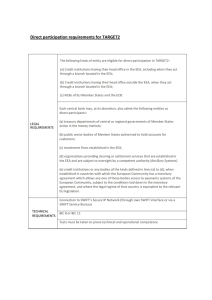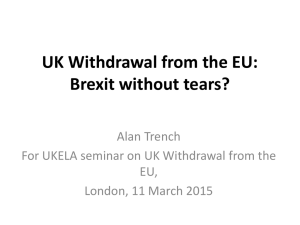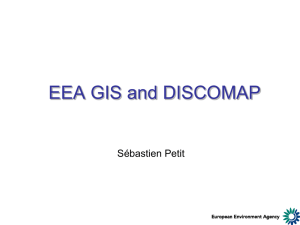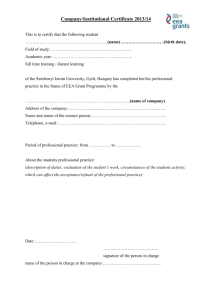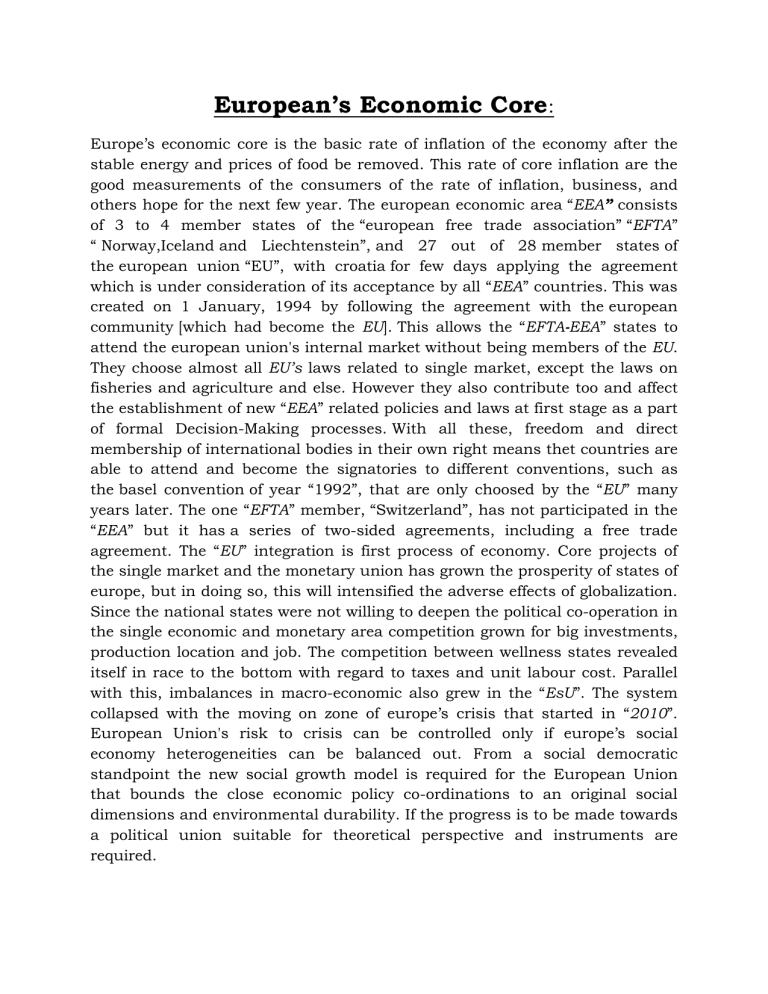
European’s Economic Core: Europe’s economic core is the basic rate of inflation of the economy after the stable energy and prices of food be removed. This rate of core inflation are the good measurements of the consumers of the rate of inflation, business, and others hope for the next few year. The european economic area “EEA” consists of 3 to 4 member states of the “european free trade association” “EFTA” “ Norway,Iceland and Liechtenstein”, and 27 out of 28 member states of the european union “EU”, with croatia for few days applying the agreement which is under consideration of its acceptance by all “EEA” countries. This was created on 1 January, 1994 by following the agreement with the european community [which had become the EU]. This allows the “EFTA-EEA” states to attend the european union's internal market without being members of the EU. They choose almost all EU’s laws related to single market, except the laws on fisheries and agriculture and else. However they also contribute too and affect the establishment of new “EEA” related policies and laws at first stage as a part of formal Decision-Making processes. With all these, freedom and direct membership of international bodies in their own right means thet countries are able to attend and become the signatories to different conventions, such as the basel convention of year “1992”, that are only choosed by the “EU” many years later. The one “EFTA” member, “Switzerland”, has not participated in the “EEA” but it has a series of two-sided agreements, including a free trade agreement. The “EU” integration is first process of economy. Core projects of the single market and the monetary union has grown the prosperity of states of europe, but in doing so, this will intensified the adverse effects of globalization. Since the national states were not willing to deepen the political co-operation in the single economic and monetary area competition grown for big investments, production location and job. The competition between wellness states revealed itself in race to the bottom with regard to taxes and unit labour cost. Parallel with this, imbalances in macro-economic also grew in the “EsU”. The system collapsed with the moving on zone of europe’s crisis that started in “2010”. European Union's risk to crisis can be controlled only if europe’s social economy heterogeneities can be balanced out. From a social democratic standpoint the new social growth model is required for the European Union that bounds the close economic policy co-ordinations to an original social dimensions and environmental durability. If the progress is to be made towards a political union suitable for theoretical perspective and instruments are required.

